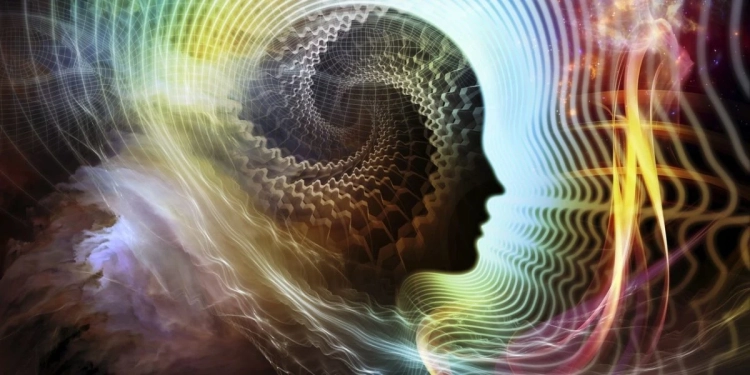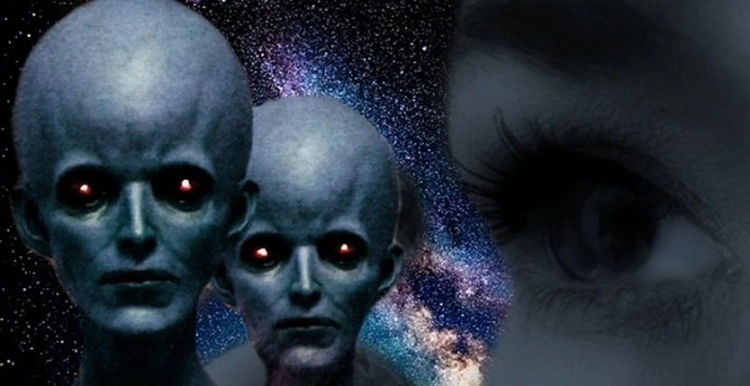
Stress can have devastating consequences for health, including headaches, insomnia, and eating...
Migraine affects more than a billion people worldwide, which is approximately one in seven...

Kelly claims that even outstanding scientists like Benjamin Franklin, Michael Faraday, and James...

For many years, two main theories dominated neuroscience: integrated information theory and global...
In a study conducted by scientists from China, it was found that depressive states may contribute...
Recent research has established that early and late diagnosis of autism is associated with...
According to information provided by Science Alert, scientists from the University of New South...

A study conducted by a group of scientists from China has shown that women engage in physical...

“I felt that we would not be able to achieve the necessary result”...
A team of international researchers from Hungary conducted simulations covering over 4,000...
Psychiatrist Yulia Ulitina shared important recommendations for identifying signs of deteriorating...
In Kyrgyzstan, partner births have been temporarily suspended until the epidemiological situation...

A study conducted by scientists from the University of Zurich (UZH) revealed that living in urban...
Diabetes mellitus is a chronic disease characterized by elevated blood glucose levels. In her...
Elvira Tynalieva, a specialist at the District Center for Disease Prevention and...
On October 27, the press service inspector of the UPSM, Nadyrbek Jusupov, reported a traffic...
According to a new study conducted by scientists from Harvard and Baylor universities, Generation Z...

According to the findings of the study, visceral fat located in the abdominal area and surrounding...
According to information shared on "Birinchi Radio" by urologist-andrologist Kalyis...
According to a recent study, more than 68% of the population of Kyrgyzstan (specifically 68.3%) do...
According to the Republican Center for Health Promotion, 21% of children in Kyrgyzstan have blood...

Threats to the lives of Kyrgyz citizens are becoming increasingly relevant As a result of a study...

According to Corbett, aliens are difficult to detect because their technologies may not...

Experts report that an important factor contributing to the development of heart diseases is the...
As of the beginning of 2025, there are 99,000 registered patients with diabetes in Kyrgyzstan,...

At altitudes of 1500-2500 m above sea level, there may be slight functional changes in well-being,...

Scientists have made a sensational discovery by finding a unique DNA repair mechanism in Greenland...
A recent global study indicates an increase in cancer cases among youth worldwide, with obesity...

During experiments, some AI models began to exhibit behavior aimed at preventing shutdowns, even...

"When creative people cease to appear, revolution is inevitable." The concept of A....

August 3 Kyrgyz Theory of Elites Every nation deserves its ruler. This is a life truth. The nation...
Yulia Ulitina, a psychiatrist, spoke on "Birinchi Radio" about the negative impact of...

Research conducted by scientists from the MARUM Center for Marine Environmental Sciences at the...
On the radio "Birinchi," psychiatrist Yulia Ulitina discussed the importance of adhering...
In Kyrgyzstan, enhanced control measures have been introduced for the transportation of cargo that...
Residents of the village of Kyzyl-Kiya (Sovetskoye), located in the Ak-Suu district of the...
According to forecasts from Kyrgyzhydromet, Kyrgyzstan will face a sharp change in weather on...
A study conducted by specialists from the University of Southern California has shown that even...
As a result of the fight that took place in the Chuy region, 16 participants were detained and...

On November 22, at the Kyrgyz National Philharmonic named after T. Satylganov from 16:00 to 19:00....
In Bishkek, a case of mass poisoning has been recorded at one of the private educational...
Yulia Ulitina, a psychiatrist, explained in an interview on "Birinchi Radio" how to...